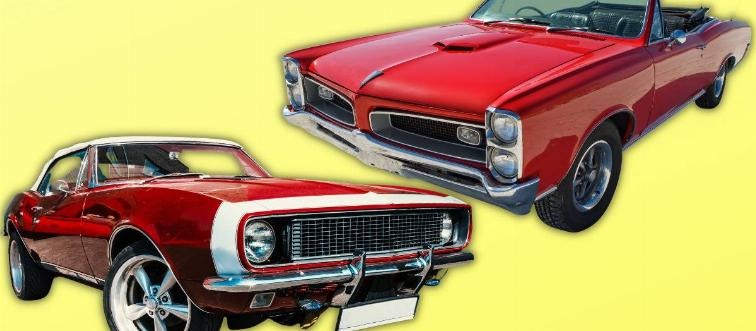Which auto executive played a key role in the creation of the Mustang?
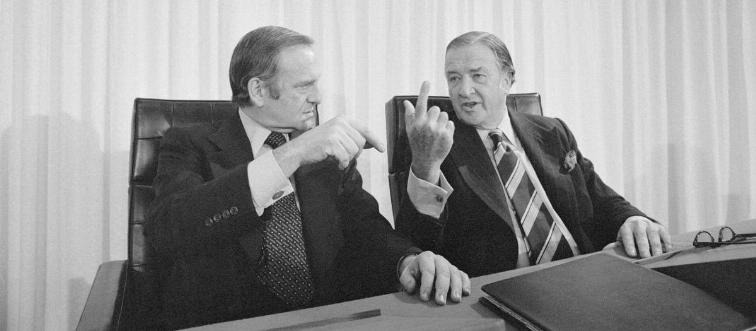
Lido Anthony “Lee” Iacocca is renowned for his role in developing the Ford Mustang. As a visionary in the automotive industry, Iacocca led Ford for eight years before his conflict with Henry Ford II. He later earned acclaim for successfully revitalizing the struggling Chrysler Corporation.
What type of car did Dustin Hoffman drive in the 1967 movie "The Graduate"?
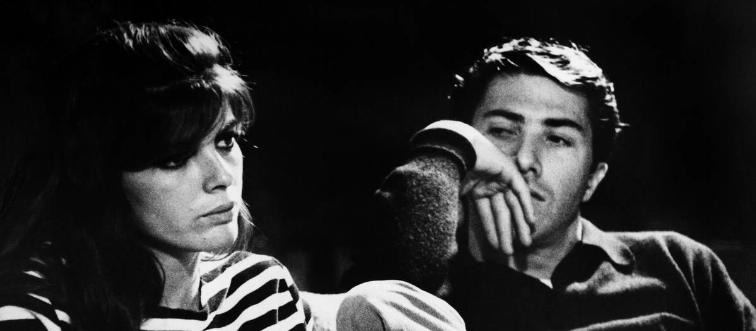
Dustin’s uncle was an Alfa Romeo importer, suggesting that the appearance of the two-seat convertible roadster in the movie might have been an early case of product placement. Regardless, the Spider was the ideal car for Dustin’s character, Ben!
Which car brand is known as the "People's Car"?
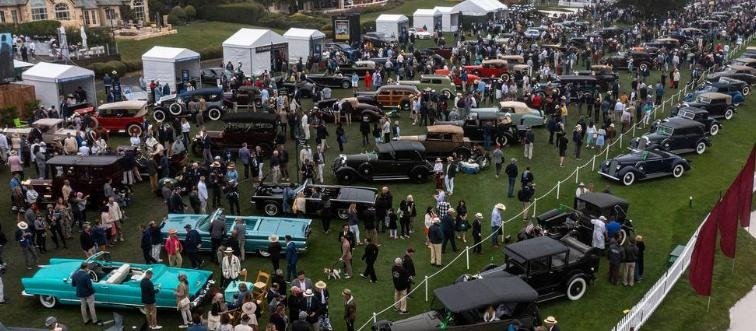
Volkswagen, which translates to "People's Car," was established to enable ordinary Germans to own a vehicle, similar to how it was common in the US during that period.
Which classic car from the 1960s is displayed here?
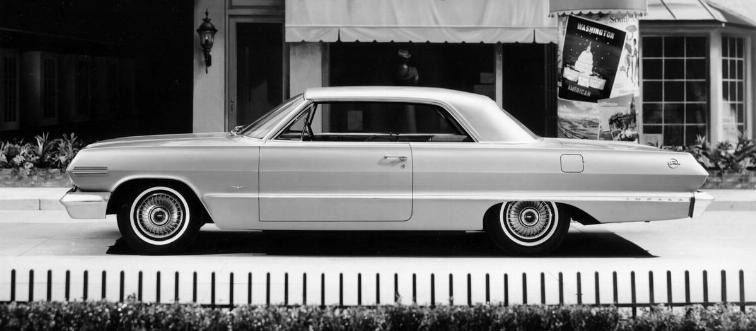
The 1963 Chevy Impala Sports Coupe was the most powerful Chevrolet of its era, equipped with an impressive 427 cu-in (7.0 L) Z11 V8 engine. Designed for drag racers and NASCAR enthusiasts, it showcased immense power and performance.
Which of the following vehicles shares the same platform as the Camaro?
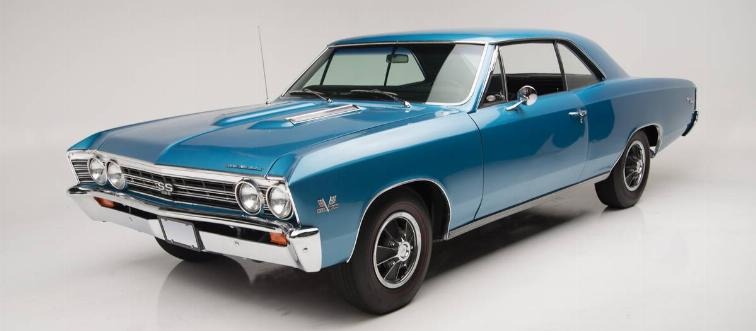
The Chevelle was designed for sportiness and improved handling, featuring a lighter weight. Built on the same platform as the Camaro, it became one of the most enjoyable cars of its time.
What was invented in 1960 from the options below?
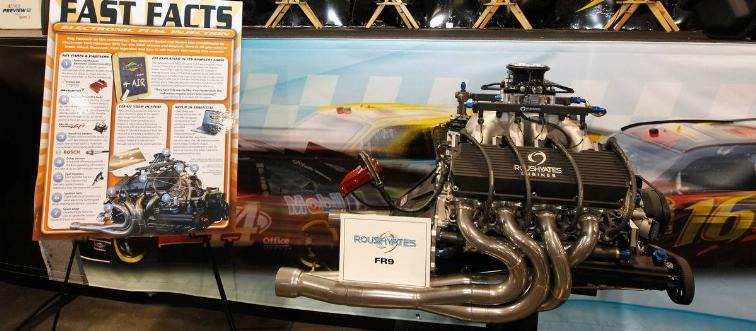
The 1967 Volkswagen 1600 was the pioneer in utilizing Electronic Fuel Injection (EFI), replacing carburetors and significantly simplifying and enhancing the efficiency of internal combustion engines.
What features were made mandatory in 1964?
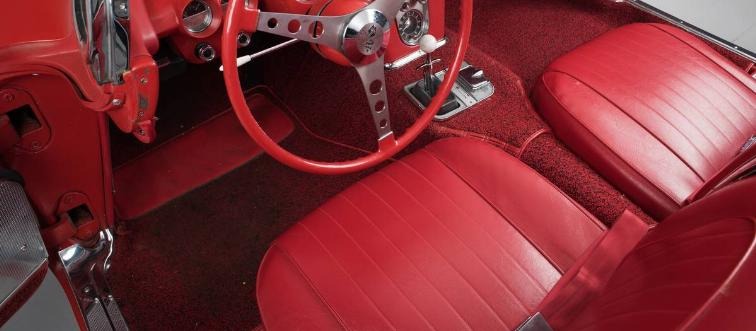
Initially, seatbelts were optional add-ons, and many people chose not to use them, considering them an unnecessary expense until they became mandatory. There was a belief among many that automakers promoted this change to boost seatbelt sales.
Who was the winner of the 1966 24 Hours of Le Mans?
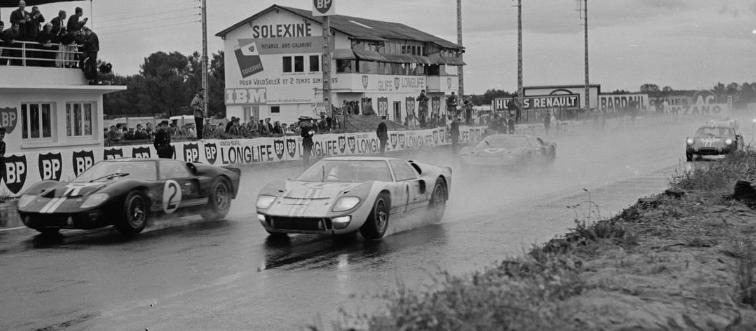
Ford triumphed at the 1966 24 Hours of Le Mans with their iconic GT40. While other competitors focused heavily on efficiency, Ford embraced the American spirit by using a massive 7.0L V8 engine, which had double the displacement of the nearest rival's engine.
What is the origin of this classic from the 1960s?
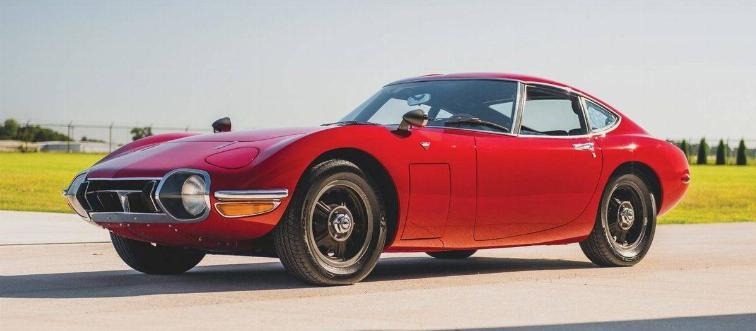
Though it resembles an American muscle car, this is the Toyota 2000GT—a vehicle that was considered decades ahead of its time upon its release in 1967. It's also celebrated as Toyota's first supercar.
What classic Porsche model was introduced in 1963?
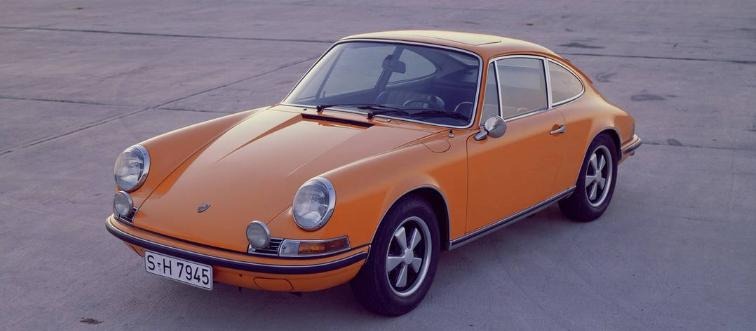
Introduced to the public in 1963 and available for purchase in September 1964, the 911 is one of Porsche's longest-running nameplates and one of their most iconic models!
What is the origin of the name "Fastback," one of the most iconic car shapes from the 1960s?
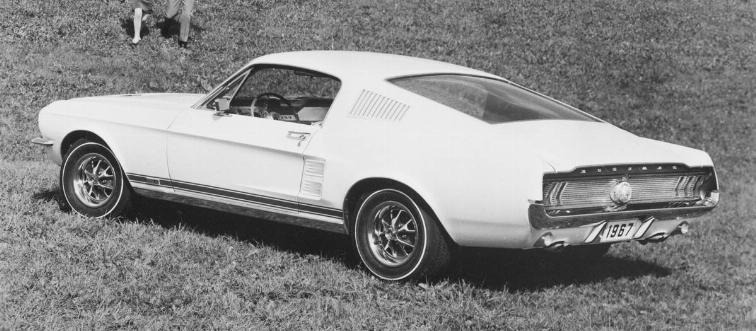
The name wasn't related to the speed of these cars, even though many were quite fast. It simply referred to the design of the rear roofline slope.
Which of these cars from the 1960s is the most popular pony car?
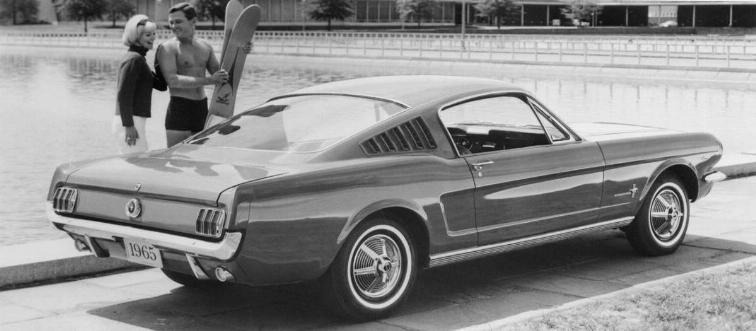
The term "pony car" refers to vehicles that are sporty, powerful, and compact, yet not as extreme as classic muscle cars. While not the first of its kind, the Ford Mustang is often considered the most popular pony car of the 1960s.
This car, known as one of the fastest of the 1960s, is:
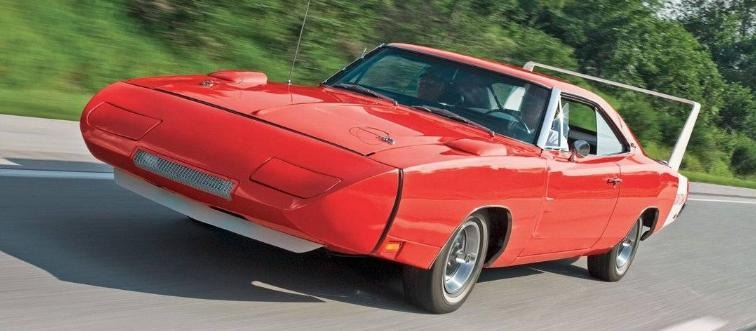
The Dodge Charger Daytona was a high-performance, limited-edition model capable of an incredible 200 mph top speed. Equipped with a powerful Hemi engine, this NASCAR-spec car was one of the first to undergo speed testing in NASA’s wind tunnel.
What year was the first Ford Mustang sold?
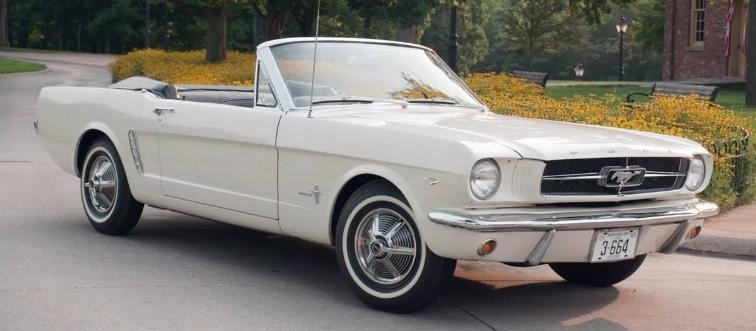
The first Mustang, launched in 1964, was accidentally sold to Stanley Tucker. In 1966, Ford offered him Mustang Serial Number 1,000,001, customized to his exact specifications, in exchange for the historic first unit. Tucker made sure to check off every available option by marking the entire order form with a single X!
Who was the driver for Shelby American in the 1966 Le Mans?
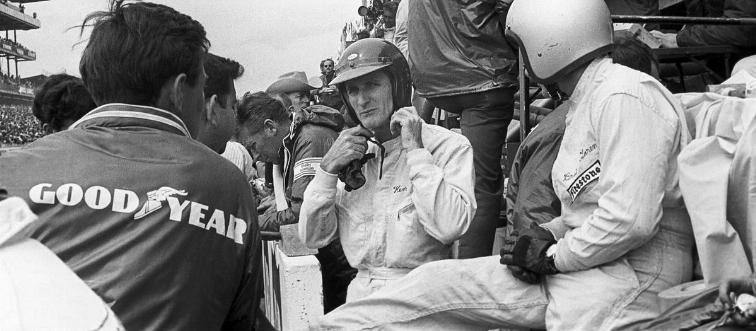
Although Carroll Shelby had won Le Mans the previous year, he selected his friend Ken Miles, an exceptional driver, for the 1966 season. Shelby's doctor had advised him to avoid high-stress activities due to a heart condition.
Who served as the chairman of Toyota during the 1960s?
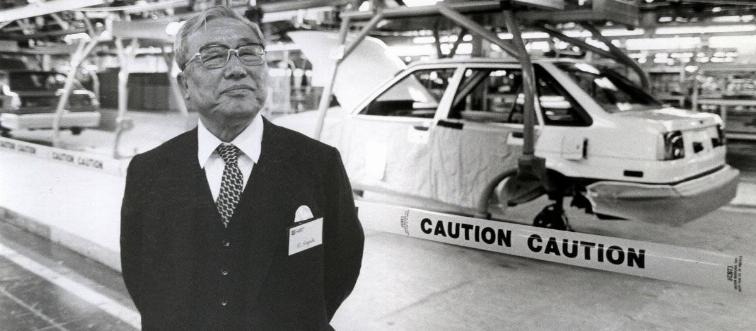
Eiji Toyoda, who was the nephew of Sakichi Toyoda (the founder of Toyota Looms) and the cousin of Kiichiro Toyoda (the founder of Toyota Motors), served as the president of the company from 1967 to 1982. What contributions did Eiji make to establish Toyota as the world's largest automaker?
How would you describe this car from the 1960s?
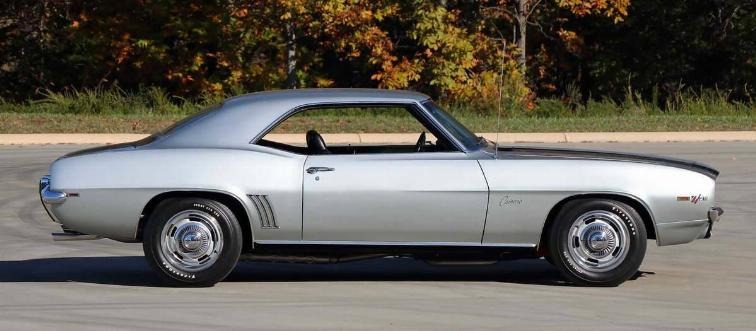
This Camaro, which debuted in 1966, was designed to compete with Ford's popular Mustang pony car. With its compact, lightweight body and powerful engine, the Camaro succeeded remarkably in that goal!
Which of these years saw a major update to the Dodge Charger's body style?
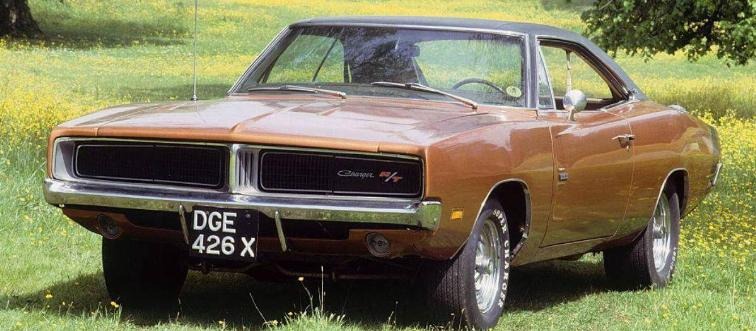
In 1968, Dodge revamped the Charger's body style, transitioning from a fastback design to a classic Coke bottle shape. The American automaker altered the body style several times over the Charger's lifespan.
Where was Bruce McLaren, the 1966 Le Mans winner for Ford, originally from?
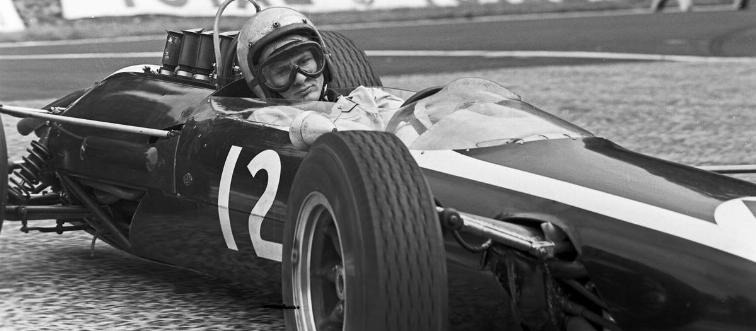
Bruce McLaren, the driver for Ford during their 1966 Le Mans victory, hailed from New Zealand. Born in Auckland to a motorcycle racing enthusiast, Bruce cultivated his love for racing in his early childhood.
Which car brand is associated with the phrase: “The name is Bond, James Bond?”
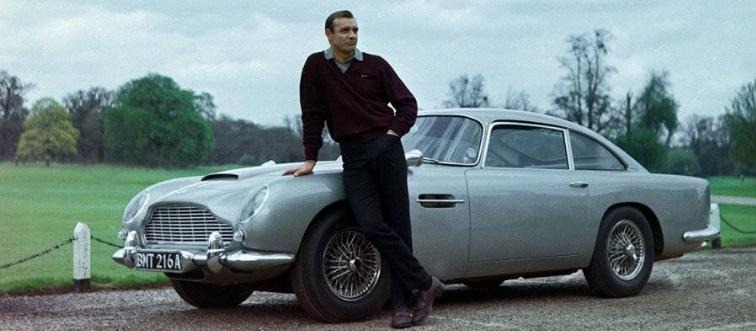
The iconic fictional British spy James Bond drove an Aston Martin DB5 in his first movie, and the car has since become a trademark of the character.
How would you describe this iconic car from the 1960s?
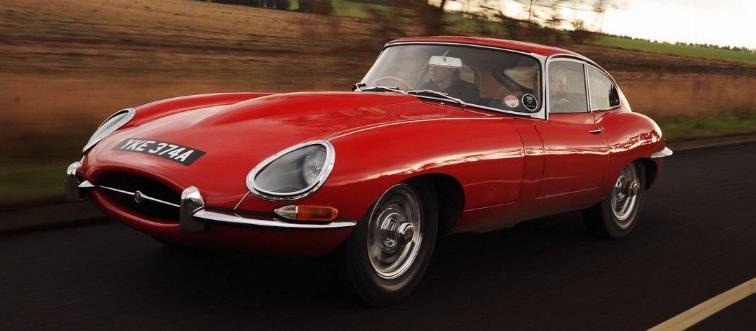
Launched in 1961, the Jaguar E-Type was a stunning sports car featuring a powerful straight-six engine. Renowned as an automotive icon of the 1960s, it boasted an impressive top speed of 155 mph!
The book ‘Unsafe at any Speed’ highlighted the safety flaws of:
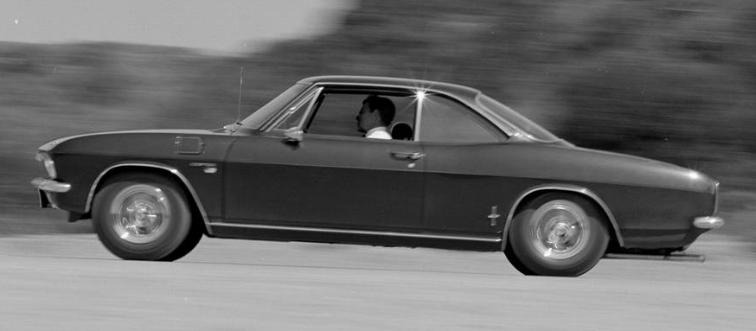
Authored by consumer advocate Ralph Nader, "Unsafe at Any Speed" is a non-fiction work that examines the design flaws related to safety in American cars of the 1960s, highlighting the Corvair as a particularly unsafe example from that era.
Which European car brand did Henry Ford II attempt to acquire in the 1960s?
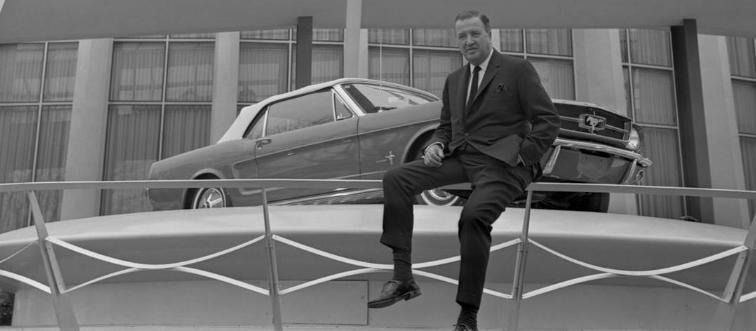
In the early 1960s, Henry Ford II sought to acquire a stake in Ferrari during a time when the company was facing financial difficulties. However, Enzo Ferrari found the terms of Ford's offer insulting and rejected it, igniting one of the biggest automotive rivalries of the decade!
Which car is generally regarded as the first supercar?
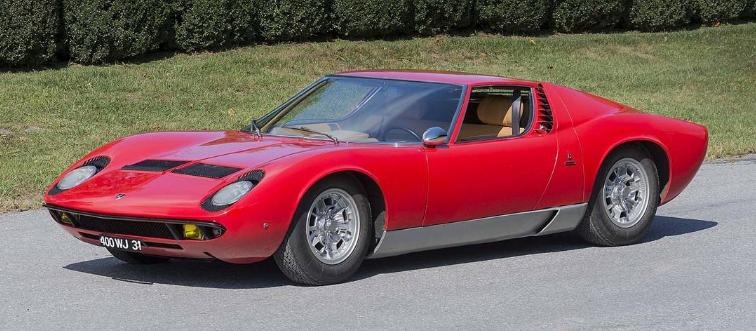
Manufactured from 1966 to 1973, the Miura is often regarded as the car that ignited the supercar culture. Featuring a two-door coupe design, a sleek aerodynamic body, and a mid-mounted 3.9L V12 engine, it embodied all the qualities expected of a supercar during that era.
How much did this car sell for at auction, which was an astonishing $48.4 million?
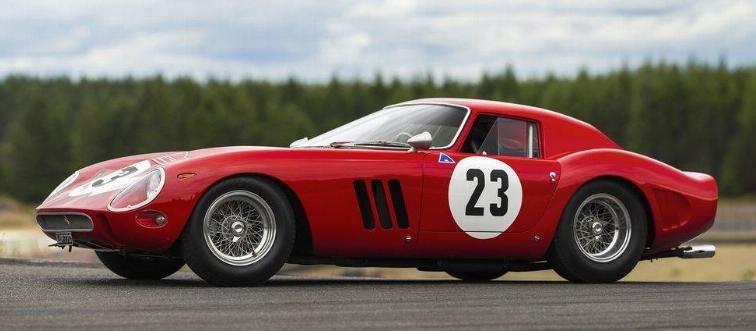
Prior to the recent sale of a 1955 Mercedes Benz 300SL for $142 million, the 1962 Ferrari 250 GTO held the record for the highest auction price at $44 million.
What is the origin of the name "Impala," a famous car from the 1960s?
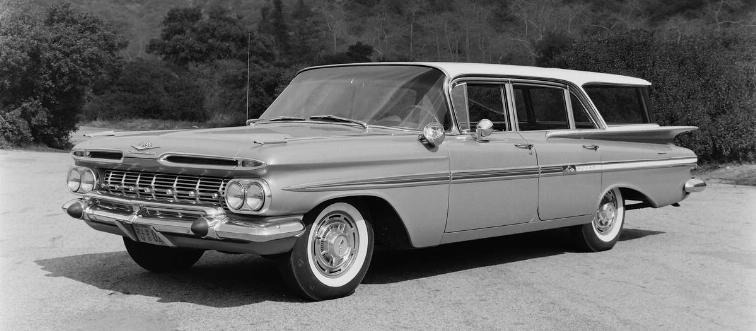
The Impala, a medium-sized antelope native to Eastern and Southern Africa, is renowned for its speed and agility—traits that Chevy boasted their Impala model exceeded!
